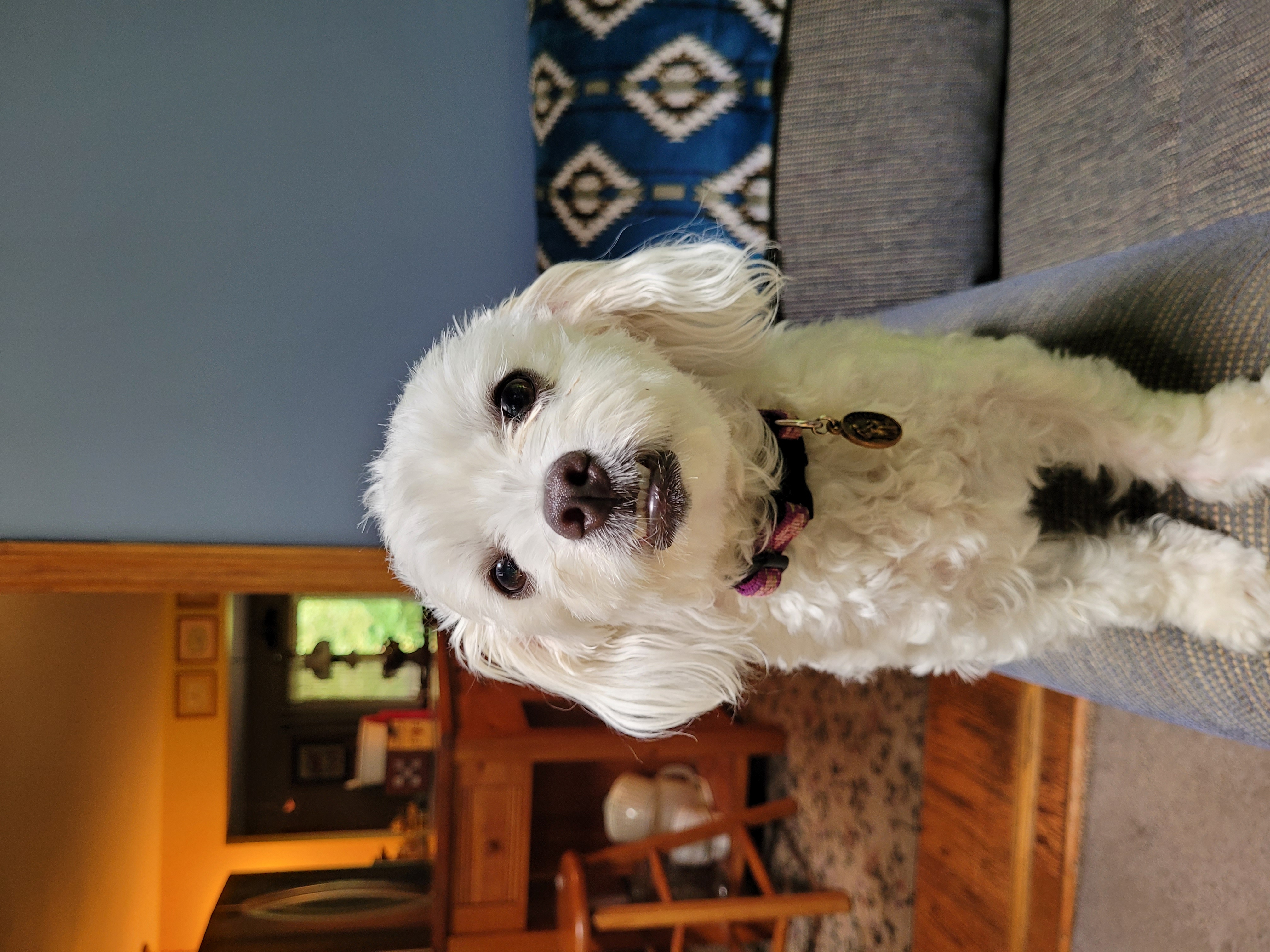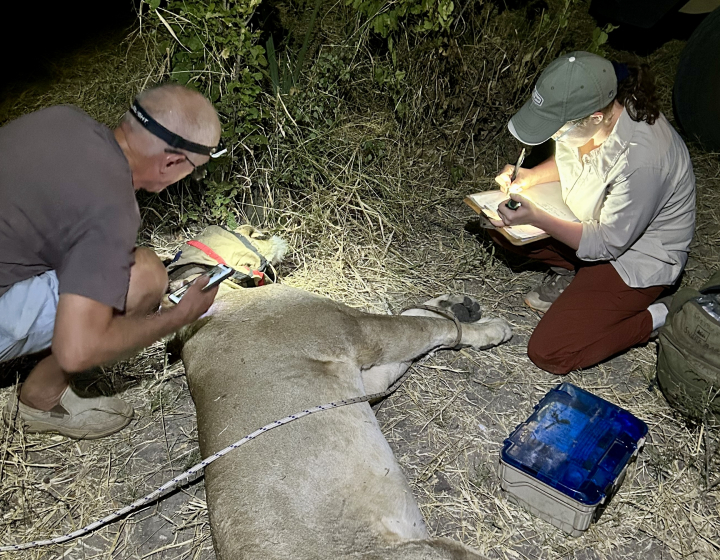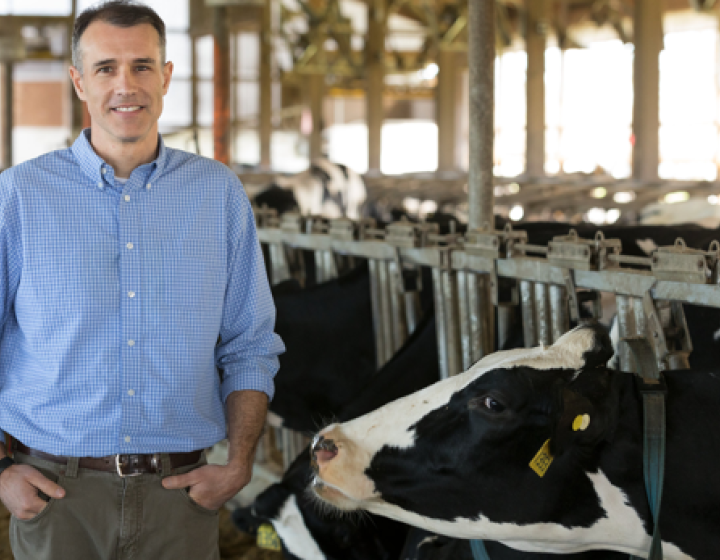Scar tissue blocks Maltese puppy’s ability to breathe

When Bailey, a six-month-old Maltese puppy, returned from a routine spaying surgery with a snuffle and a snort, no one considered it anything out of the ordinary. After several days, however, Bailey continued to be listless and avoided food, and her left nostril started emitting a thick yellow discharge. A month-long course of antibiotics did nothing to clear it up.
“We knew when she was in the room,” says Jeff Abeel, the son of Bailey’s owner, Jean Abeel. “She sounded like an 80-year-old man.”
The Abeels’ veterinarian recommended a rhinoscopy and a head CT scan, which showed that Bailey had nasopharyngeal stenosis, a rare condition when scar tissue forms in a dog’s nasal passages, blocking the airways and making it impossible for them to breathe through their nose. It likely happened when Bailey was under anesthesia and regurgitated some bile, which burned the inside of her nose. The burn, hidden from everyone and unnoticed, subsequently scarred over. The specialist who did the CT scan recommended a balloon dilation, an operation in which a balloon is inserted into the animal’s nose and blown up to break the scar tissue.
“Nasopharyngeal stenosis is not easy to treat,” says Dr. Nicole Buote, associate professor in the Section of Small Animal Surgery at the Cornell University Hospital for Animals, a specialist in soft tissue in companion animals. “It has a high complication and recurrence rate. Even when we place metal stents to keep the tissue open, scar tissue grows through the stents. It’s a very frustrating disease for dog owners, and when it happens in young dogs, it can lead to a lifetime of these problems.” The balloon dilation surgery is also expensive, and only a few veterinarians in the U.S. have the knowledge, skill and equipment to perform it. Most owners, Buote says, choose either to live with it or make the challenging decision to euthanize.
The Abeels were determined to do what they could for Bailey. Their specialist recommended they visit a surgeon in New York City. The Abeels, who live in Saratoga Springs, three hours north of the city, were wary of the trip and the expense, and Jeff Abeel began researching other options.
He found his way to Buote at Cornell, who had completed a residency at the Animal Medical Center in New York City and has extensive experience with interventional procedures. Bailey stayed in the hospital overnight, and the balloon dilation and the placement of the stent were successful. She became a favorite of the Cornell staff. “People were fighting over who was going to hold her next,” says Jeff Abeel.
The Abeels were especially grateful that Buote and one of her students, Caitlin Malone, D.V.M. ’23, stayed past closing time so the Abeels could drive from Saratoga Springs to pick up Bailey instead of keeping her in the hospital for another night.
“They went above and beyond,” says Jeff Abeel. “The anesthesiologist called and talked directly to our veterinarian. They stayed late. [Bailey] was constantly under somebody’s care. I can’t say enough about our experience there.”

Three months post-surgery, Bailey is doing well. “Bailey will never be one hundred percent,” says Jeff Abeel. “What we’re trying to do is give Bailey her best life.” She still gets “nasally” when the weather turns humid, but she can breathe through her nose again and her senses of taste and smell — and her energy — have returned.
“She runs this household,” says Jean Abeel.
The Abeels still keep in contact with Buote to ask questions and update her on Bailey’s progress. It’s possible that the scar tissue will grow back and that Bailey will need another balloon dilation or stent in the future, but the Abeels are keeping a close eye on her.
“They were so committed to her, know her so well and are so on top of her care,” says Buote.
Although nasopharyngeal stenosis is a rare condition, Buote advises dog and cat owners to be aware of any breathing problems or nasal discharge post-anesthesia and tell their veterinarians if they notice anything. Bailey’s regular veterinarian has started giving animals antacids before procedures that require anesthesia in order to minimize the risk of them vomiting bile into the nasal cavity.
The Abeels wouldn’t change anything about their experience with Cornell. “We love her to death,” says Jean Abeel. “We would do it again.”
Written by Aimee Levitt




